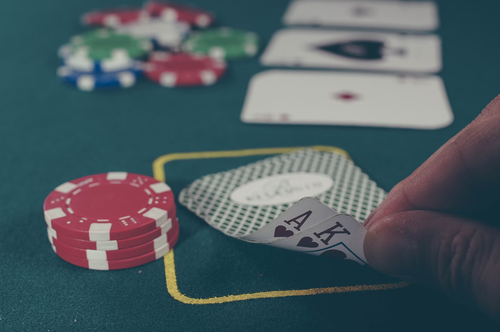Setting clear boundaries before you begin keeps money safe while preserving calm focus. Decide on a total amount you can afford to risk that will not touch essential reserves. Break that sum into smaller amounts for short rounds so losses stay limited. Pick firm exit rules that stop play when a comfort threshold is reached. Choose a modest profit level to lock gains when they appear. Use practice modes to test choices without risking main money. Keep brief notes after each round to refine limits over time so choices remain sensible.
Start Smart
Begin each play period with simple rules that match your time and budget. Decide how much to spend per round and how many rounds to run before stopping. Set a firm spending cap for the day to avoid using funds meant for other needs. Keep water close for brief pauses to clear thought before another round.
Remember to treat each session as a planned activity, not a chase. Use tools and trial runs on demo versions to see how long a chosen plan holds up under different runs. BANDIT4D can serve as a practice space for testing these routines safely.
Money Portions
• Divide your total bankroll into several session pots for clearer daily control.
• Keep one reserve pot separate to avoid spending all funds in one go.
• Consider a tiny play pot for tests without touching the main amount.
• Adjust portion sizes slowly based on recent play trends, not sudden outcomes.
• Replenish the reserve only from saved gains, not from essential income sources.
Set Rules
Create short explicit rules that tell you when to pause or stop. Use a timer to limit continuous play periods to avoid fatigue and rash choices. Decide on a maximum number of spins per round to prevent slow losses from growing unnoticed.
Choose a clear stop condition for losses to protect the main pool from long declines. Fix a take profit level that, when reached, will end the round to secure gains. Keep rule changes rare and small so strategies remain simple and testable. Review rules after several rounds to see which ones need small tweaks.
Stop Signals
• Mark a clear loss threshold to stop play before a negative spiral grows.
• Choose a profit exit that secures winnings without chasing further uncertain gains.
• Use short breaks after a series of losses to regain calm before deciding next steps.
• Note emotional spikes that appear when outcomes shift to avoid rash choices.
• Reset your plan only after careful review, not after one single outcome.
Practice Rounds
Use dry runs to learn timing and emotion control before real stakes are used. Try short sessions with tiny amounts to test how fast the plan breaks under different runs. Note which exit rules stopped a loss quickly and which ones failed to protect the pile.
Practice shifting stake sizes gently to see how the balance reacts to changes. Keep a short chart of practice outcomes to find patterns that deserve a real rule. Over time, practice will show which habits preserve capital and which ones cause trouble.
Bet Size
Choose stake sizes that make sense for each small session, not for chasing quick recovery. Lower stakes lengthen play while higher stakes change totals faster and raise stress. Try a flat stake plan for several rounds to see how the bankroll moves under steady bets.
If the plan yields steady small gains, keep the stake steady to preserve that trend. If losses become common, cut the stake size immediately to reduce damage. Make increments small when altering stakes to keep outcomes predictable over many rounds.
Emotional Checks
• Pause and take deep breaths when irritation grows after several poor outcomes.
• Walk away when excitement or frustration drives decisions that ignore the plan.
• Keep a short note on mood at session end to link choices with emotional state.
• Ask a neutral friend to review notes when choices feel biased by hope.
• Use practice runs to test reactions to swings before risking meaningful money.
Final Steps
Wrap each session with a calm routine that secures gains and records lessons. Save a portion of any winnings to a separate reserve so progress remains visible. Update your simple log with rounds played, stake sizes and key notes about mood.
Make only small strategy changes based on several sessions not single runs. Take at least one full day break after a losing streak to regain perspective. Keep rules clear to prevent impulse changes that damage long term stability.
Responsible Routine
A steady method protects resources while keeping play enjoyable for longer periods. Follow a set of short rules that cover spending limits, stop signals, and stake choices. Practice often to learn how your reactions match different outcomes.
Keep records that let you spot trends without guessing. Withdraw a portion of gains to maintain growth, not risk. Use demo spaces to rehearse new ideas before full use. Small, consistent habits will make sessions safer and more satisfying over time.
Balanced Betting Plan
A careful money routine protects your pocket while keeping enjoyment steady for long periods. Begin with a clearly chosen allotment that preserves necessary reserves for daily life. Divide that amount into brief rounds with strict exit rules to avoid reckless stretches. Use practice modes to learn reactions before committing core capital.
Track outcomes in a simple log to see trends that merit minor change. Adopt measured shifts only after several repeated results appear. Preserve part of the winnings to build a safety reserve for later use. Tools such as BANDIT4D help rehearse methods without risking personal funds. Revisit plans when conditions shift.




